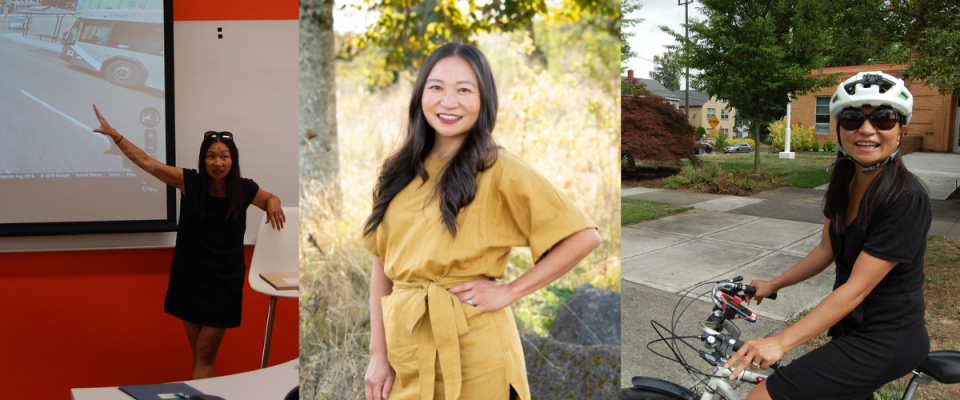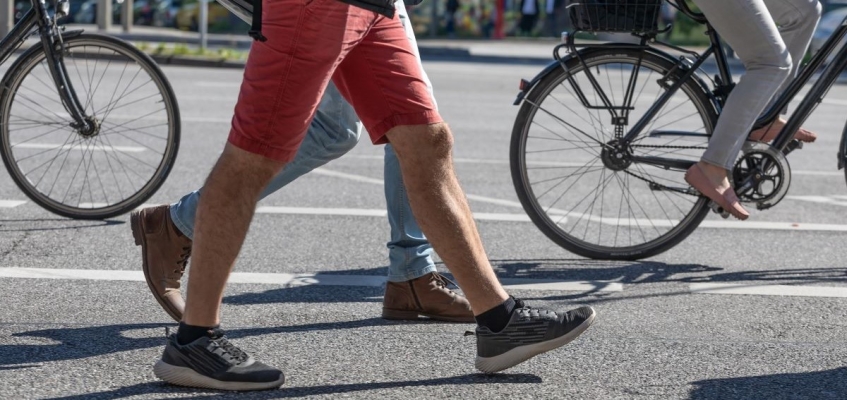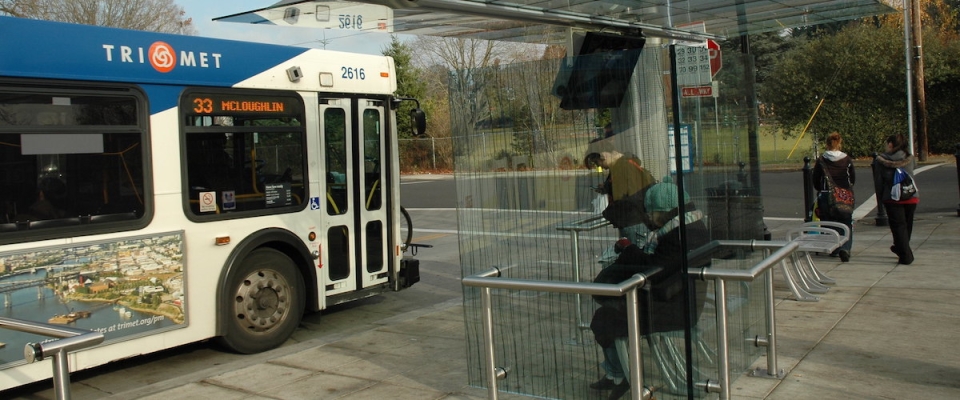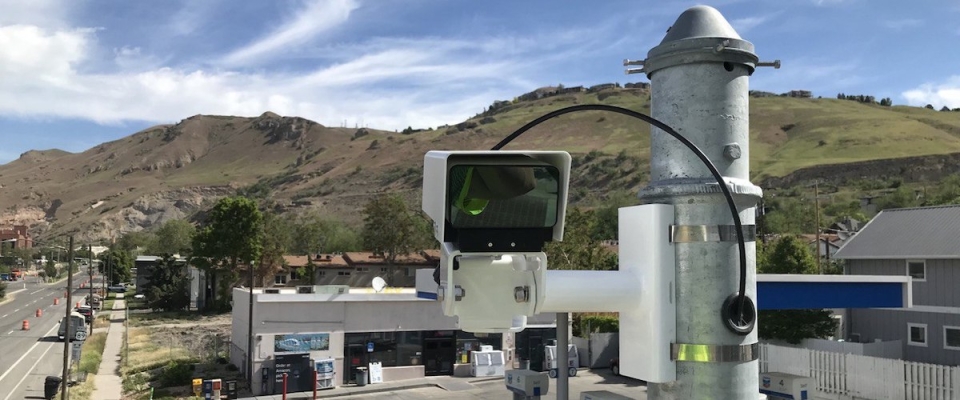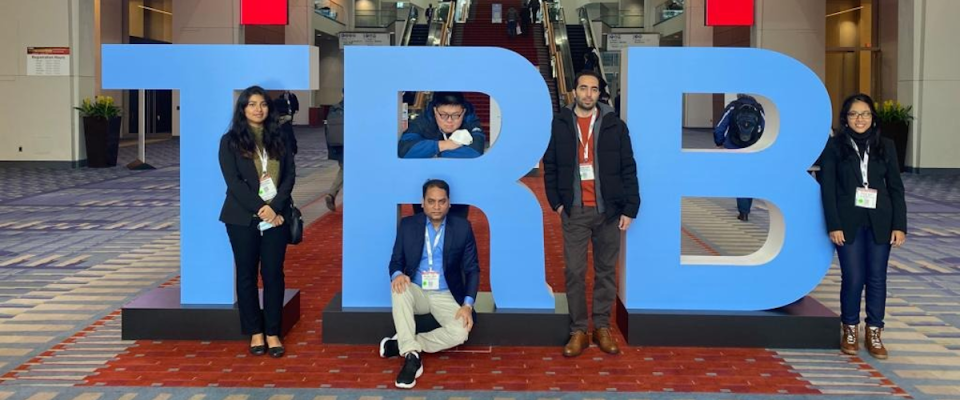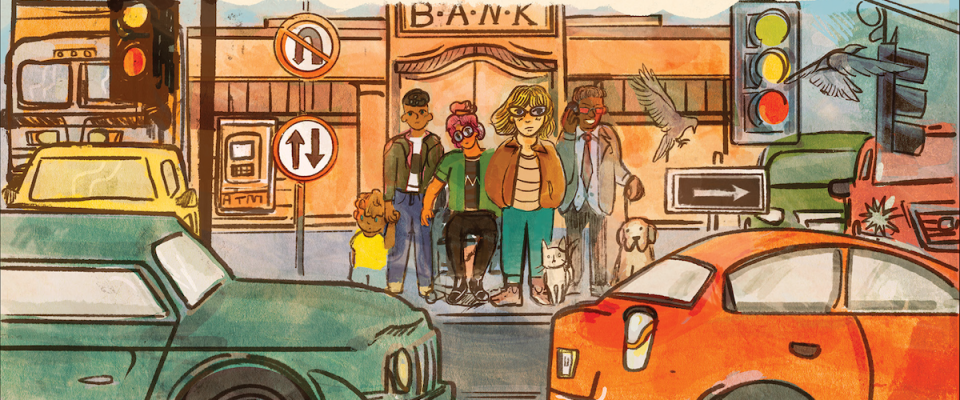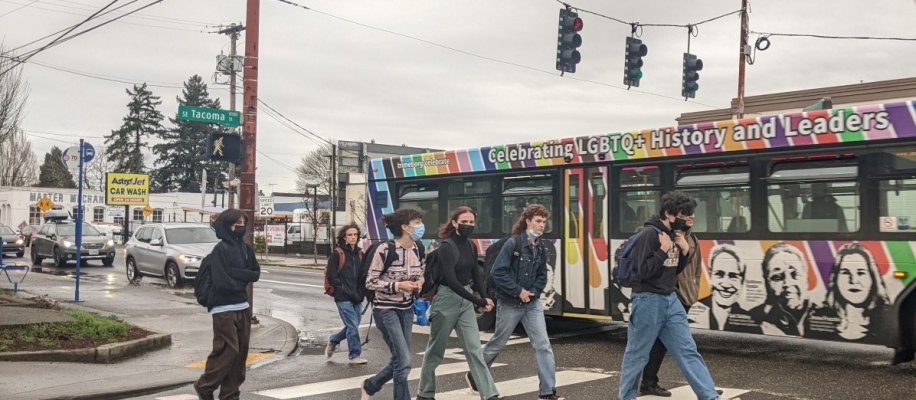After 17 years of service to TREC, Portland State University's Transportation Research and Education Center, associate director Hau Hagedorn is moving on to a new position as the Community Investments Manager for Oregon Metro. We will miss her as a colleague, as a model for transportation photos (here she is on the cover of our 2022 Annual Report) and as a seemingly inexhaustible source of energy and inspiration!
During her time at TREC, Hau devoted tireless efforts to improving access to transportation and mobility for people of all ages, communities, and incomes. Her perseverance and commitment have been recognized in the form of numerous accolades and awards. In 2020, she received the CUTC-ARTBA Award for Administrative Leadership from the Council of University Transportation Centers (CUTC) and the American Road & Transportation Builders Association (ARTBA), and the same year she was appointed ...
Read more
